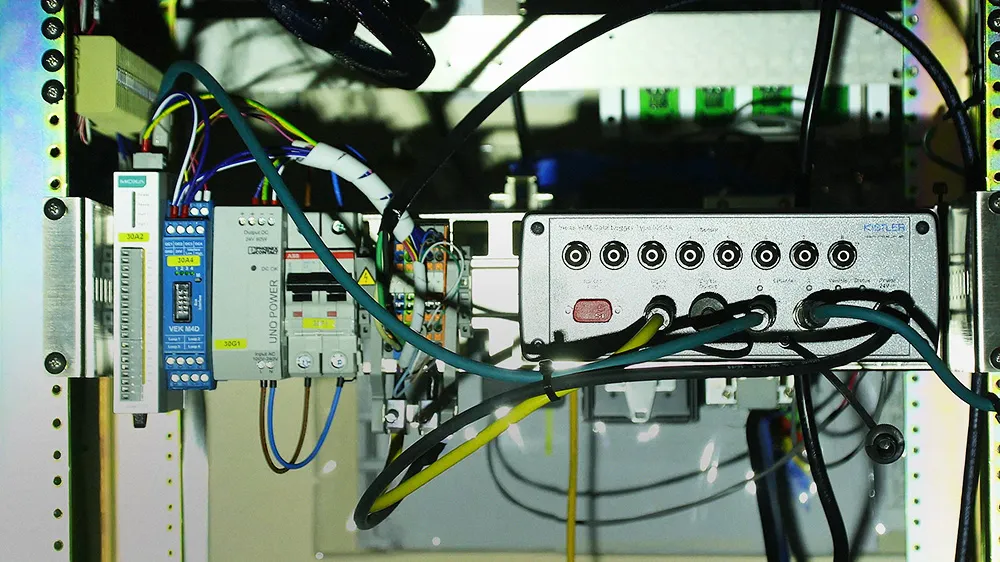OEM and aftermarket connected car systems in use are expected to grow from 66 million in 2012 to 356 million in 2017, according to a new report from ABI Research. While OEM solutions are gaining momentum rapidly across the globe in the US, Europe, Japan, and China, aftermarket solutions will continue to be used for applications such as stolen vehicle tracking, insurance telematics, infotainment, and road user charging.
May 24, 2012
Read time: 2 mins
RSSOEM and aftermarket connected car systems in use are expected to grow from 66 million in 2012 to 356 million in 2017, according to a new report from 5725 ABI Research. While OEM solutions are gaining momentum rapidly across the globe in the US, Europe, Japan, and China, aftermarket solutions will continue to be used for applications such as stolen vehicle tracking, insurance telematics, infotainment, and road user charging.
Dominique Bonte, vice president and group director, telematics and M2M, comments, “Arguably the most important barrier for the adoption of connected car technology is limited user awareness about the existence and/or the features and benefits of connected car solutions, closely followed by high costs, especially with recurring pricing models. Privacy issues and driver distraction risks are secondary concerns. However, the strong desire of users to continue to lead their connected lifestyles when in the car is set to be become a strong driver, especially with younger consumers. This is closely linked with in-car smartphone-integration technologies which cater for a seamless transition. Decreasing hardware and connectivity prices driven by standardisation and economies of scale will also help adoption reach mass market levels in the next coming years. Finally, regulation is set to become a key driver in regions such as Europe, Russia, and Brazil.”
For all players involved adopting open, upgradeable, standards-based platforms such as the ones proposed by Genivi and the Car Connectivity Consortium, designing superior HMI, considering the connected car as a strategic asset, developing systems combining embedded functionality, smartphone integration, cloud-based services, and acquiring ecosystem expertise will be the key success factors.
ABI Research’s “Connected Car” study examines hardware form factors, features, trends, drivers, and barriers. It describes the connected car ecosystem and value chain and provides strategic recommendations. The study contains forecasts for shipments and revenues of embedded and hybrid OEM, aftermarket, portable, and converged systems in the United States, Canada, Western Europe, Eastern Europe, Latin America, Asia-Pacific, and Africa and the Middle East.
Dominique Bonte, vice president and group director, telematics and M2M, comments, “Arguably the most important barrier for the adoption of connected car technology is limited user awareness about the existence and/or the features and benefits of connected car solutions, closely followed by high costs, especially with recurring pricing models. Privacy issues and driver distraction risks are secondary concerns. However, the strong desire of users to continue to lead their connected lifestyles when in the car is set to be become a strong driver, especially with younger consumers. This is closely linked with in-car smartphone-integration technologies which cater for a seamless transition. Decreasing hardware and connectivity prices driven by standardisation and economies of scale will also help adoption reach mass market levels in the next coming years. Finally, regulation is set to become a key driver in regions such as Europe, Russia, and Brazil.”
For all players involved adopting open, upgradeable, standards-based platforms such as the ones proposed by Genivi and the Car Connectivity Consortium, designing superior HMI, considering the connected car as a strategic asset, developing systems combining embedded functionality, smartphone integration, cloud-based services, and acquiring ecosystem expertise will be the key success factors.
ABI Research’s “Connected Car” study examines hardware form factors, features, trends, drivers, and barriers. It describes the connected car ecosystem and value chain and provides strategic recommendations. The study contains forecasts for shipments and revenues of embedded and hybrid OEM, aftermarket, portable, and converged systems in the United States, Canada, Western Europe, Eastern Europe, Latin America, Asia-Pacific, and Africa and the Middle East.








